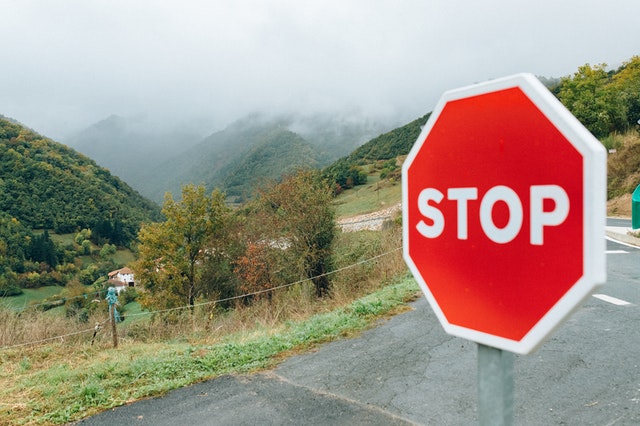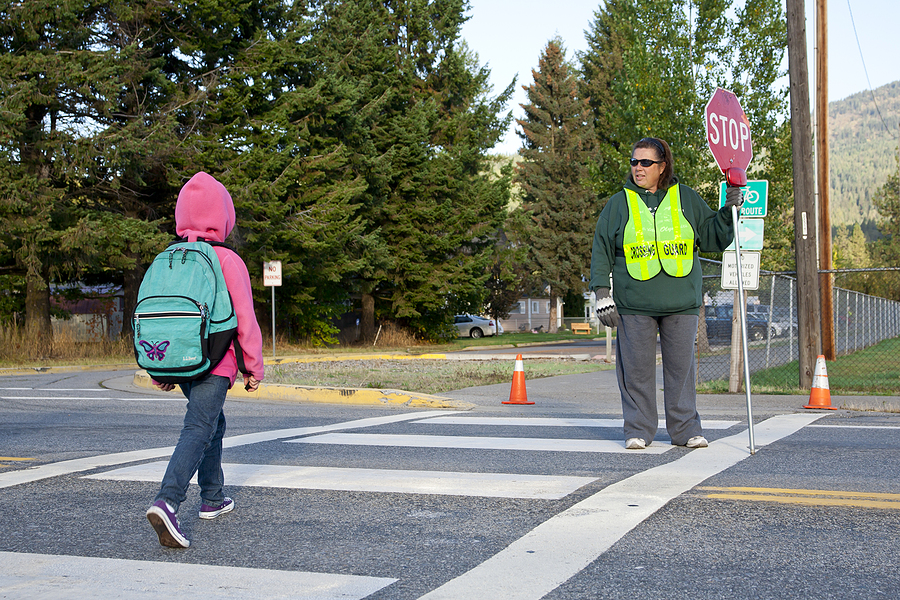The lollipop sign has had a long enduring history being one of the most important protective gear for school children traveling to and from school. There are many benefits that come with these posts including safety for the children and riders as well as a clear indication of when to stop or continue. For those who have been long gone from their schooling days, you never stop to think about the lollipop sign. If you are randomly curious, we’ll be letting you know all about school crossing guards and their incredible history.
The Origin Story Of The Lollipop Sign
The lollipop sign men and women have had a long history being heroes on the road, mostly known as school crossing patrols, their main duty is to walk in the centre of the crossing, holding a lollipop sign or a stop post. This gives the indication that pedestrians can walk on the crossings, allowing pedestrians mainly school children to walk out of the school safely. After the crossing guard has lowered down the post, the vehicles can continue to move onto the road. These walkways are usually looked after for 2-3 hours in a day usually occurring in the morning or afternoon. This work usually is given to elderly people who need relaxed work in their day today. Prior to the lollipop sign lady, policemen used to do guard crossing.
The earliest report of the lollipop sign lady was in September 1937 in Bath with a woman named Mrs. Hunt but began in London around 1953. There was an increase of crossing patrol guards after witnessing the number of car accidents involving children. In order to prevent this problem from continuing, they had created crossing guards to help with the job. The first recorded design of the lollipop sign was black and red rectangular-shaped posts with the phrase, “Stop, Children Crossing.” By the 1960s, the post had taken shape and changed to a more circular appearance. By 1974, the uniform transformed into a yellow shaded coat.
UK’s most extensive lollipop sign lady is Eunice Robinson who as of 2002 had been working as a crossing guard for 40 years. She had intentionally begun the job only for a number of months to help a friend out.
While they are incredibly important to protect school children, there has been a major decrease of lollipop sign men and women. After the 2000s, there were less crossing guards surrounding schools. Despite this, crossing guards are highly necessary to have outside the school during the morning and afternoon hours.
The Importance Of Cross Guards

Crossing guards are still prominent in surrounding school areas as they protect children from getting into a road accident. The post allows people to be given an indication of when to stop, drive, or walk on the crossing. That way, you can protect school children keeping them in one peace. With its clear and bright signage, anyone will be able to see it from drivers and pedestrians even from a distance. This can make sure everyone will be able to follow the instructions of the crossing guard to prevent any accidents from occurring on the road. Drivers will know when to stop or continue driving and pedestrians will be known when to stop or walk. It’s for these reasons and more, posts are important for crossing guards to be able to do their job justice.
There is a long awaiting history behind lollipop sign ladies and men. Spanning from the UK all the way to Australia, they have made walking to and from school a whole lot more safer, friendlier, and welcoming. =
